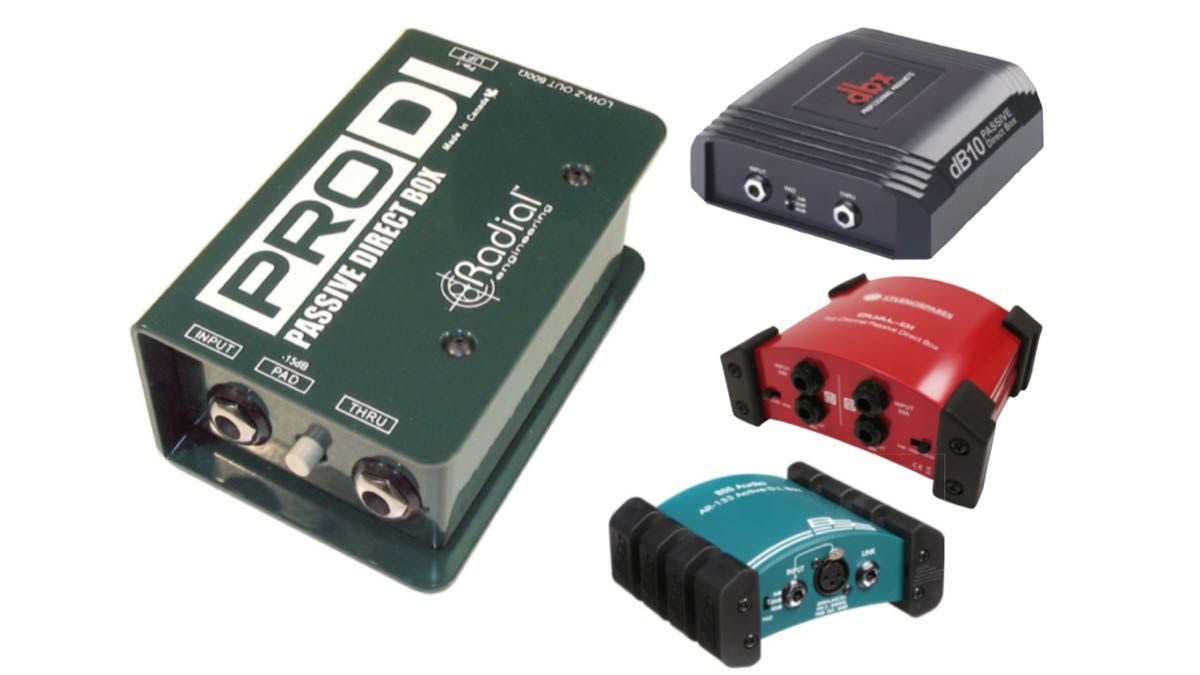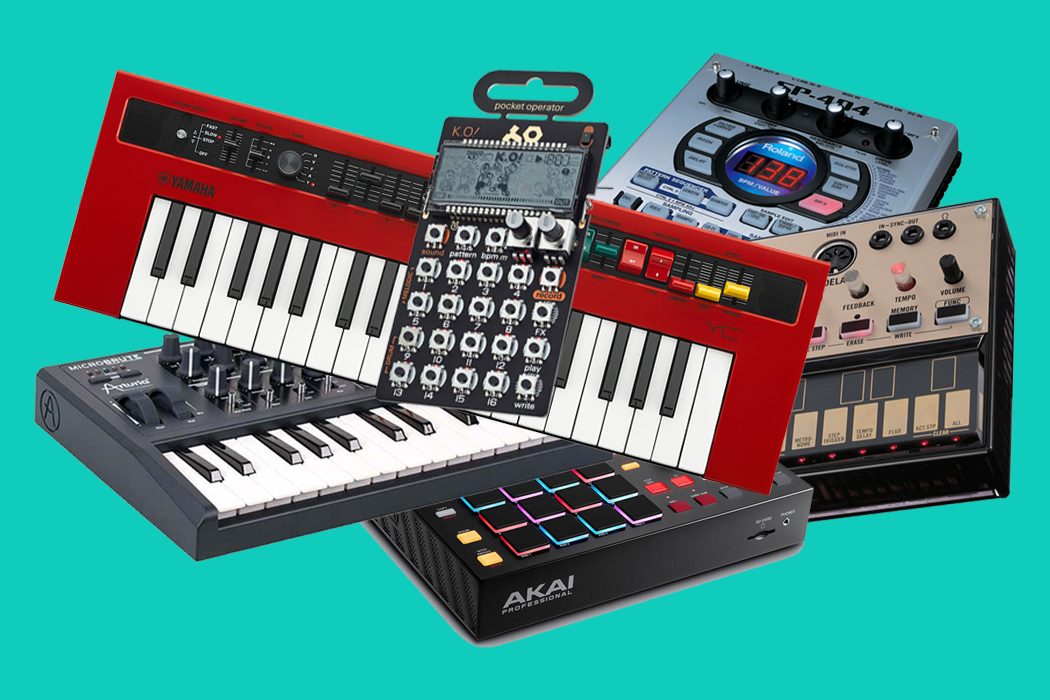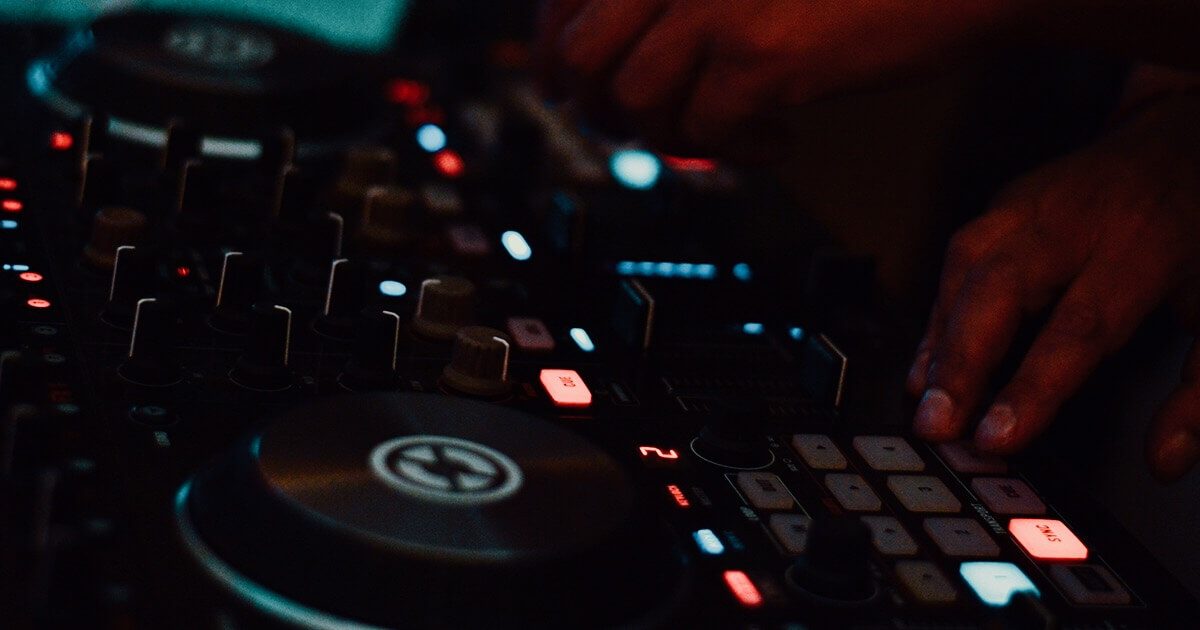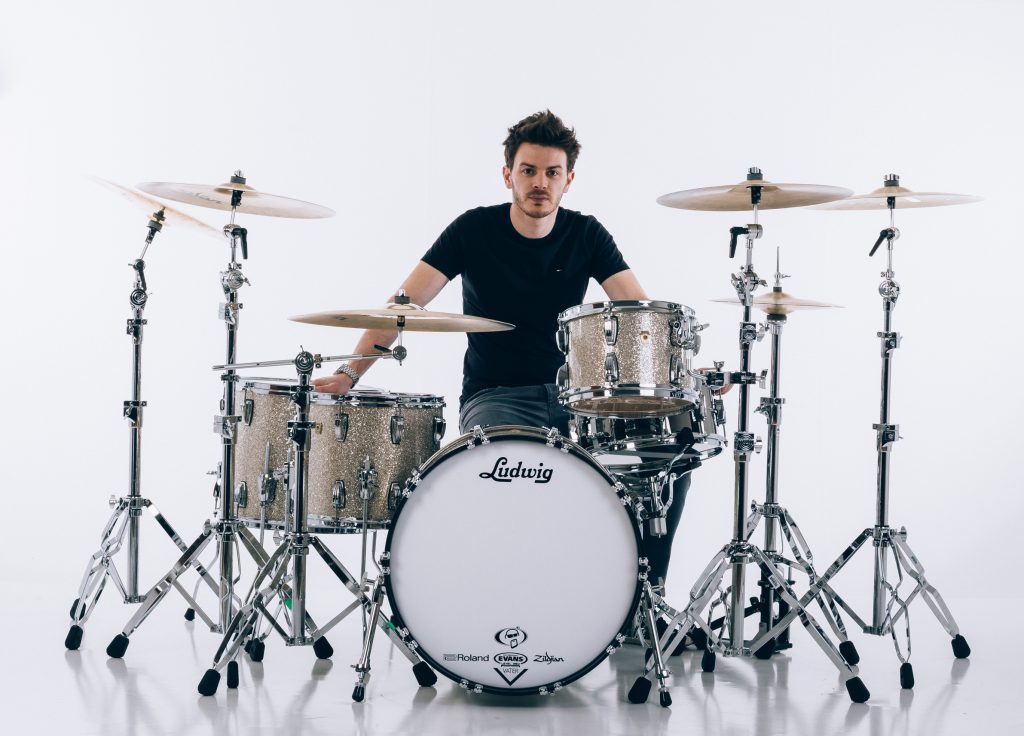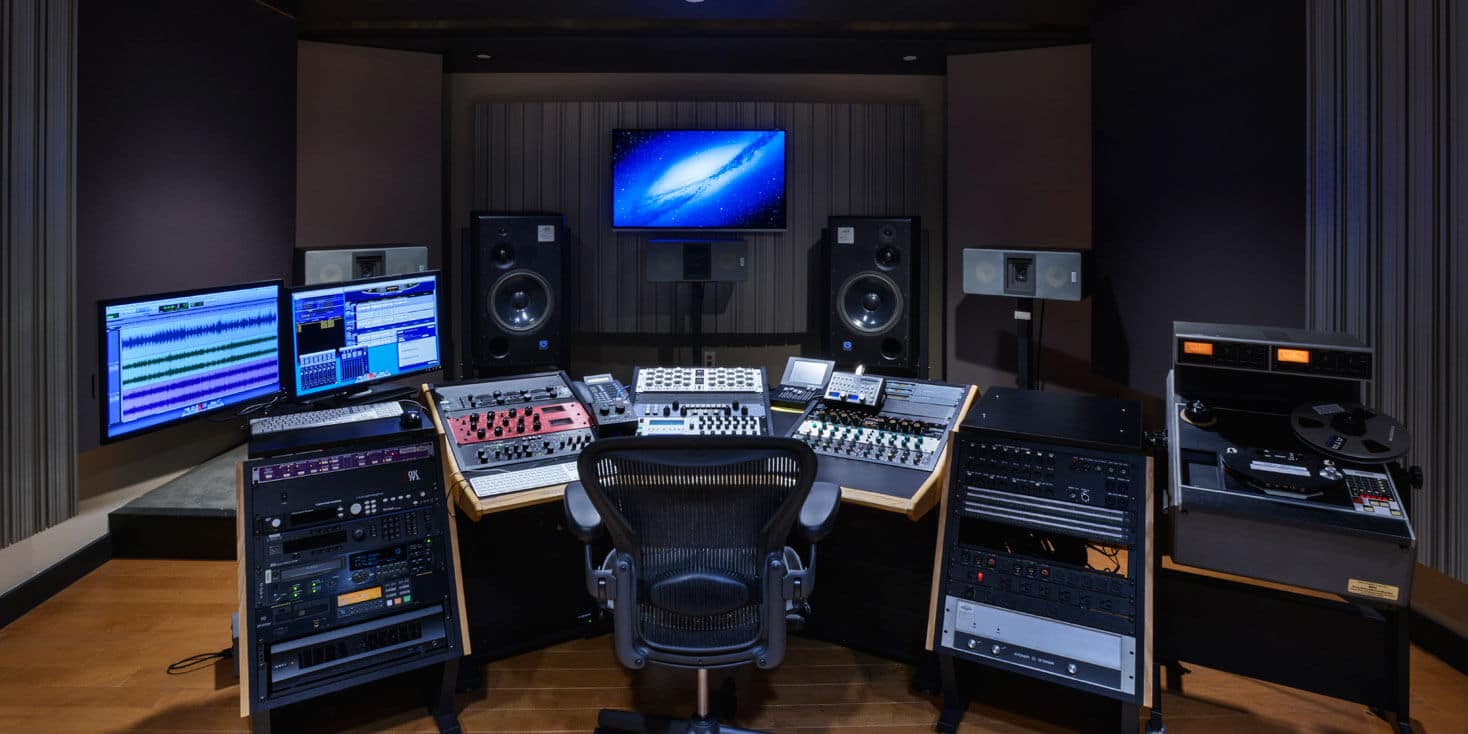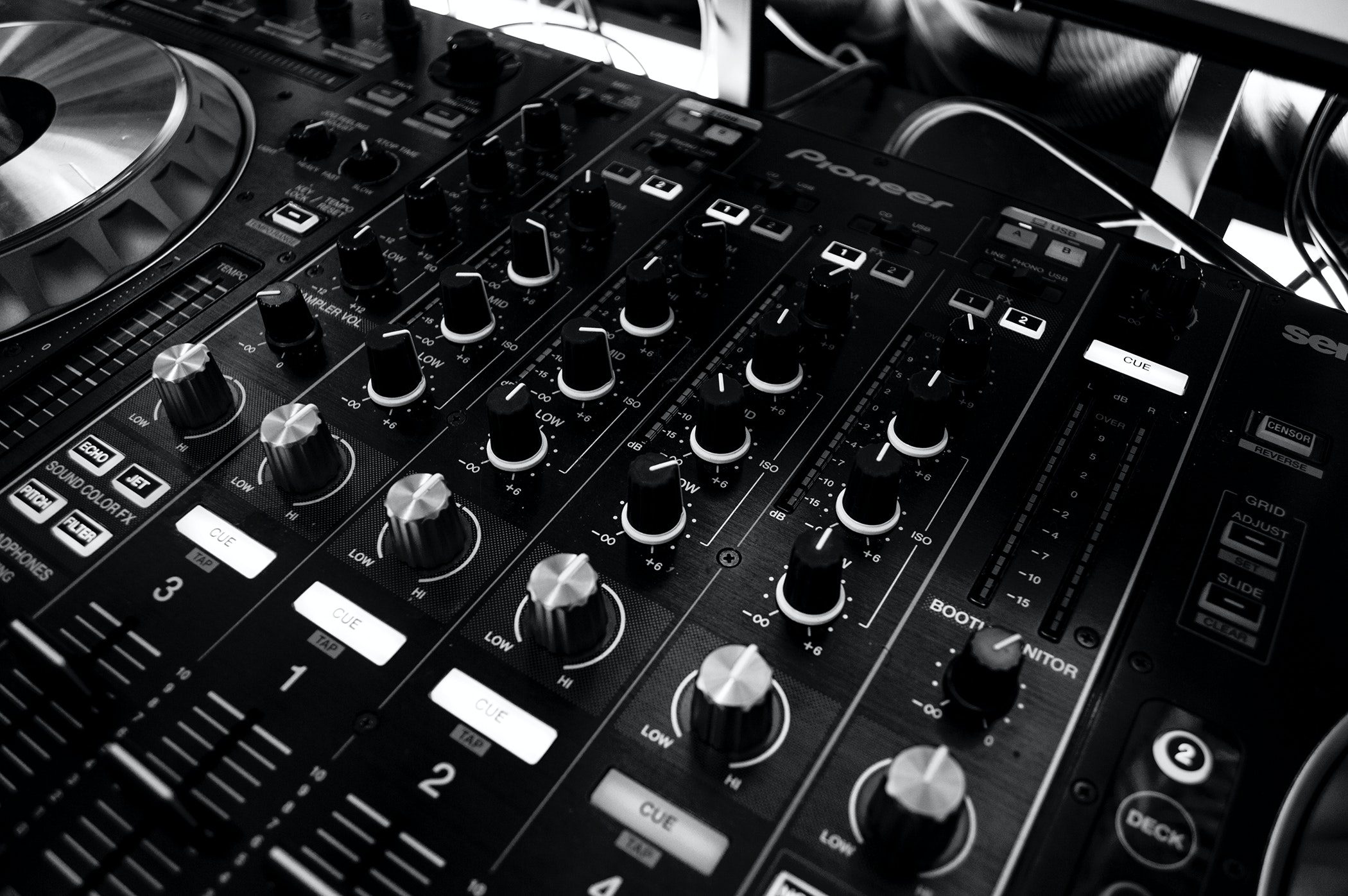Melody’s ideas sometimes feel like they only come from random inspiration. Actually, many of the greatest lines follow a pattern that’s easy to recognize once you know how it works. I’m talking about a common figure known as Call and response. It’s a melodic technique you should use to generate ideas and add interest to your songwriting. In this article, I’ll explain what Call and response in music is, the way to recognize it, and where to use it in your own tracks.
Let’s get started.


